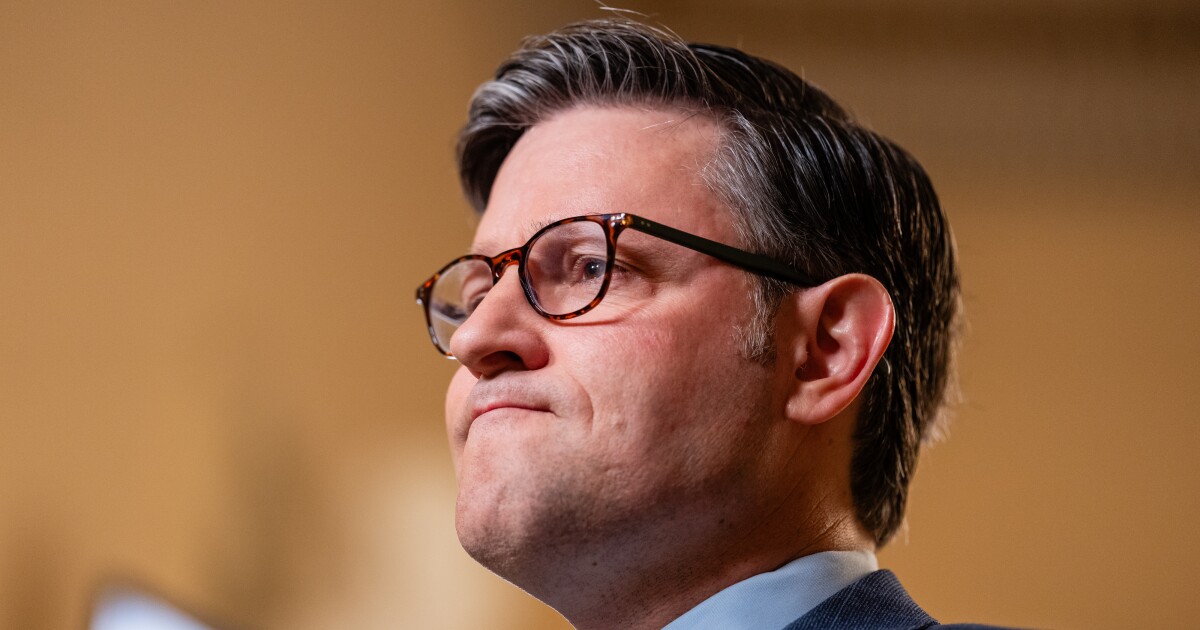Transparency is a critical component of sustainability that is foundational across the environmental, social and governance pillars: transparency in the supply chain, transparency in employee management and transparency in business decision-making.
To achieve sustainable business models and greater long-term value creation, transparency with stakeholders is fundamental. Tax is one of the items that businesses need to consider within this broader transparency trend.
We have reached a tipping point in global corporate tax reporting and disclosure. Regulators, investors and the public are demanding ever greater tax transparency, and companies must navigate evolving, complex reporting requirements around the globe. From expanded Financial Accounting Standards Board disclosures in the U.S. to public Country-by-Country Reporting legislation in the EU and reporting requirements under countries’ new Base Erosion and Profit Shifting 2.0 Pillar Two global minimum tax rules, companies face an array of new tax information responsibilities.
Many of these tax reporting and disclosure regimes are coming online imminently. By proactively assessing these changes, highlighting the global tax footprint and managing the level of tax transparency in ESG agendas, companies can position themselves to tell their own story. Those that proactively adapt to this rapidly changing tax reporting and disclosure landscape will be better equipped to address risks, embrace opportunities and effectively communicate their tax narrative to the wide range of different stakeholders.
Tax reporting here, there and everywhere
In the United States, in the EU and around the world, tax transparency is becoming commonplace, as governments and regulatory bodies seek additional visibility into corporate tax profiles. In a recent move that reflects the new corporate tax reporting environment, FASB late last year approved expanded income tax disclosures for U.S. companies that file under U.S. GAAP.
FASB’s Accounting Standards Update 2023-09, which applies to annual periods beginning after Dec. 15, 2024, requires companies to disclose more specific and disaggregated information regarding the effective tax rate reconciliation; income or loss from continuing operations before income tax expense or benefit; and income tax expense or benefit from continuing operations. It also requires disclosure of income tax payments made to international, federal, state and local jurisdictions.
At the same time, more widespread public CbCR disclosure obligations are being enacted around the globe. Within the EU, 21 member states currently have either proposed or enacted public CbCR legislation following the approval of an EU CbCR directive in December 2021. Differences in local rules, reporting requirements and timing can present challenges to multinational entities headquartered outside the EU and operating in multiple EU jurisdictions.
Additionally, the BEPS 2.0 Pillar Two initiative of the Organization for Economic Cooperation and Development is creating new, complex tax reporting requirements for MNEs. Many countries are beginning to implement Pillar Two legislation, but the specifics and timing differ from country to country. Pillar Two calls for a global minimum tax of 15% for multinational corporations with group revenue of more than €750 million, and the necessary calculations require a substantial volume of data, some of which has not been maintained by tax departments for other purposes.
The details of these various initiatives differ, but taken together, they share common themes and signal a broad shift in expectations about tax disclosures and reporting. In order for companies to keep up, they must transform their systems, processes and overall frameworks for tax reporting.
Opportunities and risk in a more transparent world
Greater tax transparency is quickly becoming the norm, and tax authorities around the globe are increasing their reporting requirements. Understanding the gaps and overlaps between the various tax reporting and disclosure regimes presents an opportunity to re-examine and leverage existing data and systems. Doing so can reveal ways to streamline cross-functional processes and can provide stakeholders with a more complete view of the financial impact on communities and society.
While regulators around the globe are heavily focused on income tax disclosures, those represent only one element of companies’ total tax contributions. Income taxes are significant, but the amount of non-income taxes companies pay similarly is often very significant. Companies also play a role in tax collection when they collect value-added taxes, sales and use taxes and payroll taxes, potentially alleviating some of the burden of governmental entities.
Adapting to this world will require addressing new data and technology needs associated with addressing the above-mentioned tax disclosure and reporting requirements (e.g., FASB, public CbCR and Pillar Two reporting requirements). Collecting and analyzing the necessary data for reporting will require an in-depth process review and level of granularity not previously required. By proactively addressing these potential barriers and investing in suitable technology tools, companies can help facilitate more accurate, efficient, consistent and timely reporting and disclosures.
While this may entail new costs, being able to collate data globally for all tax types allows for enhanced analytic capabilities and enables companies to make their societal contributions clearer, a key element of the ESG agenda. Companies will be better able to explain their tax situations to interested parties and demonstrate how their tax contributions support their communities.
In this way, companies can take ownership of their tax narrative, which enhances trust with investors, customers and the public. This, in turn, can create a competitive advantage. Those that fall behind in responding to global trends calling for a more complete view of companies’ corporate tax profiles risk forfeiting control of their tax narrative and, in the process, losing stakeholder and public trust.
Making transparency work — meeting the challenge
Many companies have already started the tax transparency journey as part of their ESG agenda and are highlighting how tax obligations reflect societal commitments. One potential method is global tax footprint reporting, which can bridge the transparency gap and provide a more complete and holistic view of a company’s tax contributions.
Reassessing data and technology needs and reporting practices in light of increasing transparency trends and reporting requirements allows companies to connect the tax function in a more meaningful way to ESG practices. By promoting a greater understanding of the complete tax picture, the tax function can add clear value to the ESG agenda.
Proactively addressing transparency and reporting requirements can help companies establish themselves as forward-looking, engaged contributors to communities and society, able to balance business and strategic objectives with obligations to tax authorities, regulatory bodies, investors and the broader public. Below are some questions that can help start the process.
Questions to consider
- How does tax currently fit into the company’s ESG reporting framework, and how might this plan need to change given expanding reporting obligations to tax authorities and public expectations for transparency?
- What is the company’s approach to showcase its global tax footprint and access the data and technology platforms needed across various tax jurisdictions to comply with new tax reporting requirements?
- What is the communication strategy for helping internal and external stakeholders understand the nuances of the tax data disclosed to the public?
Tax transparency is here to stay, and companies need to develop action plans to respond.
Kevin Dehner is EY Americas sustainability tax deputy leader. Other contributors to this article include Kristen Gray, EY Americas sustainability tax leader; David Campbell, EY Americas tax technology and transformation senior manager; and Colleen Sebra, EY Americas tax technology and transformation partner.


 Blog Post1 week ago
Blog Post1 week ago
 Economics1 week ago
Economics1 week ago
 Finance1 week ago
Finance1 week ago
 Economics1 week ago
Economics1 week ago
 Economics1 week ago
Economics1 week ago
 Personal Finance1 week ago
Personal Finance1 week ago
 Accounting1 week ago
Accounting1 week ago
 Economics1 week ago
Economics1 week ago













